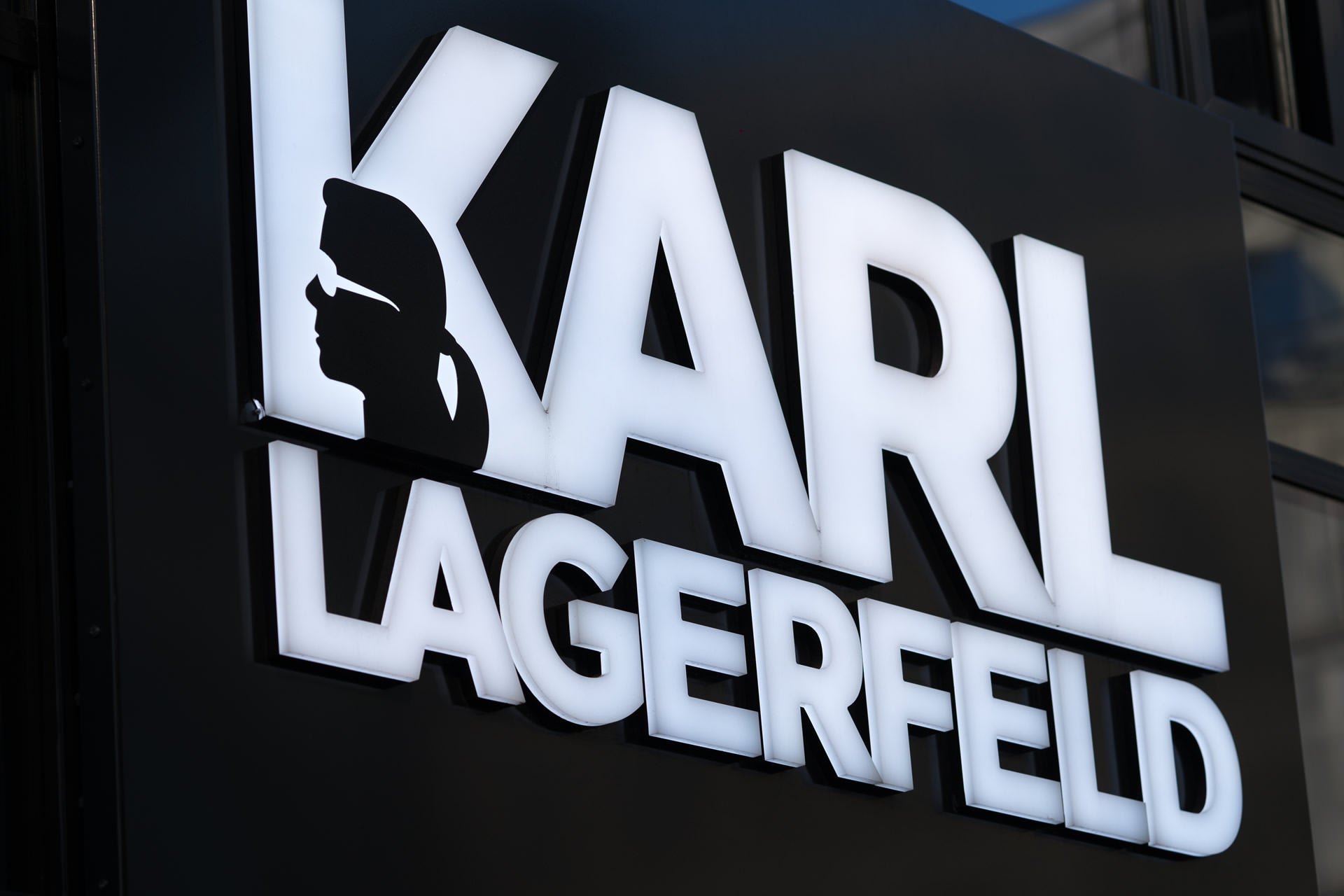Karl Lagerfeld – A Retrospective
There’s something to be said about your legacy when it includes multiple prestigious True Fashionista titles! Known both as the “king of fashion” as well as the man who saved Chanel, Karl Lagerfeld made his indelible mark on the fashion world in immeasurable ways. His recent passing at age 85 brings an end to a celebrated, seven-decade career as fashion’s ultimate free agent. Beyond Chanel, shares Business of Fashion, Lagerfeld also created collections for the celebrated houses of Tommy Hilfiger and Fendi, in addition to his signature label, at a frenetic pace rivalling the constant flux in the luxury fashion industry. He was hailed by Vogueas the “unparalleled interpreter of the mood of the moment”.
Born Karl-Otto Lagerfeldt in Hamburg, Germany, the son of violinist mother Elisabeth and wealthy business manager father Christian, he grew up largely in the countryside, where his family fled to stay safe from WWII. He was highly intelligent and loved to sketch. Supporting their son’s artistic ambition, Lagerfeld’s parents sent him to Paris at age 14, where he found immediate success in fashion. In 1954, he won a design contest, called the International Woolmark Prize, based on the sketch of a coat he submitted that was produced for the competition by French designer Pierre Balmain. In that very same competition, a young Yves Saint Laurent also won in the dress category, foreshadowing what would become a lifelong rivalry and friendship between the two designers.
After working with Balmain and another company for a few years, Lagerfeld struck out on his own in 1961. As a free agent, he was a True Fashionista success, designing collections for Chloe, Fendi and others, while building a reputation in the industry for innovative, of-the-moment styles. He also had an appreciation for the past, often finding clothing at flea markets to deconstruct and reimagine. (Biography.com) Lagerfeld even had a brief moment in an obscure Andy Warhol film, entitled “L’Amour” (1973). It was also during this time that he adopted his personal look of tightly fitted blazers over starched white shirts with startlingly tall collars and skinny jeans. Forever adorned in his signature white ponytail, he said he lost 92 pounds in order to fit into the prevailing silhouette of the day. Lagerfeld became so recognizable for this look that he started using his own likeness as a logo on T-shirts, handbags and furry key chains for Fendi.
By the 1980’s, Lagerfeld had become a major star in the fashion world, with the press following his every move, chronicling his changing tastes and social life. His revival of Chanel with a revamped ready-to-wear fashion line is a move legendary unto itself. It would combine elements of the alluring (softly tailored pantsuits and charming white camellias fastened on tweed suits) with the shocking (oversize logos, micro-miniskirts, sequined running shoes, heels molded to look like pistols), says Business of Fashion. The phenomenal transformation of Chanel became an industry model for how to turn an aging fashion house into a status symbol as its sales continued to soar. This prompted Chanel to contract Lagerfeld as its “designer for life.” “People tend to forget that once upon a time, Chanel was old hat,” Lagerfeld said at one point, “It was only Parisian doctors’ wives who still wore it.”
His immense designing talent came with a sardonic wit, as he also famously quipped, “sweatpants are a sign of defeat”, “trendy is the last stage before tacky” and his views on tattoos, “I think tattoos are horrible — it’s like living in a Pucci dress full-time”, as well as his nasty digs at celebrities whom he considered fat or unattractive. His comments occasionally drew outrage, especially when they were directed at governmental policy; yet his talent and accomplishments far overshadowed these outbursts.
On the heels of his success with Chanel, Lagerfeld established his own label, referred to at different times as Lagerfeld Gallery or Karl Lagerfeld Paris. Using his label primarily as a licensing venture through various partnerships, he often referred to it as “intellectual sexiness”. Over the years, Biography.com notes, the brand developed a reputation for quality tailoring with bold ready-to-wear pieces like cardigan jackets in bright colors. In 2005 Lagerfeld sold the label to Tommy Hilfiger.
Lagerfeld’s runway show productions are legendary unto themselves, especially in later years. Business of Fashion recants his Fall 2010 show, where he imported enough snow and ice from Sweden to create a 265-ton indoor iceberg. His Fall 2014 show featured a Chanel shopping center, its superstore-like aisles bursting with over 500 different products including a Chanel-logo chainsaw, doormats, candy, and ketchup. Fall 2015 had a French brasserie with uniformed bartenders. His Autumn/Winter 2017 collection featured a 115-foot-tall mechanical rocket ship that simulated blast off. A scale rendering of the Eiffel Tower was included in his Fall 2017 Couture collection, backdrops of a man-made beach with rippling waves graced his Spring 2019 show, and an enormous model of a passenger ship for Cruise 2019 suggested nothing was impossible and if you could think it, it could happen.
With his lavishly spoiled cat, Choupette, by his side, Karl Lagerfeld has forever secured his spot in fashion history, and with a simple philosophy, “There is no secret to life. The only secret is work.” A little True Fashionista talent helps too.
The post Karl Lagerfeld – A Retrospective appeared first on True Fashionistas.





























